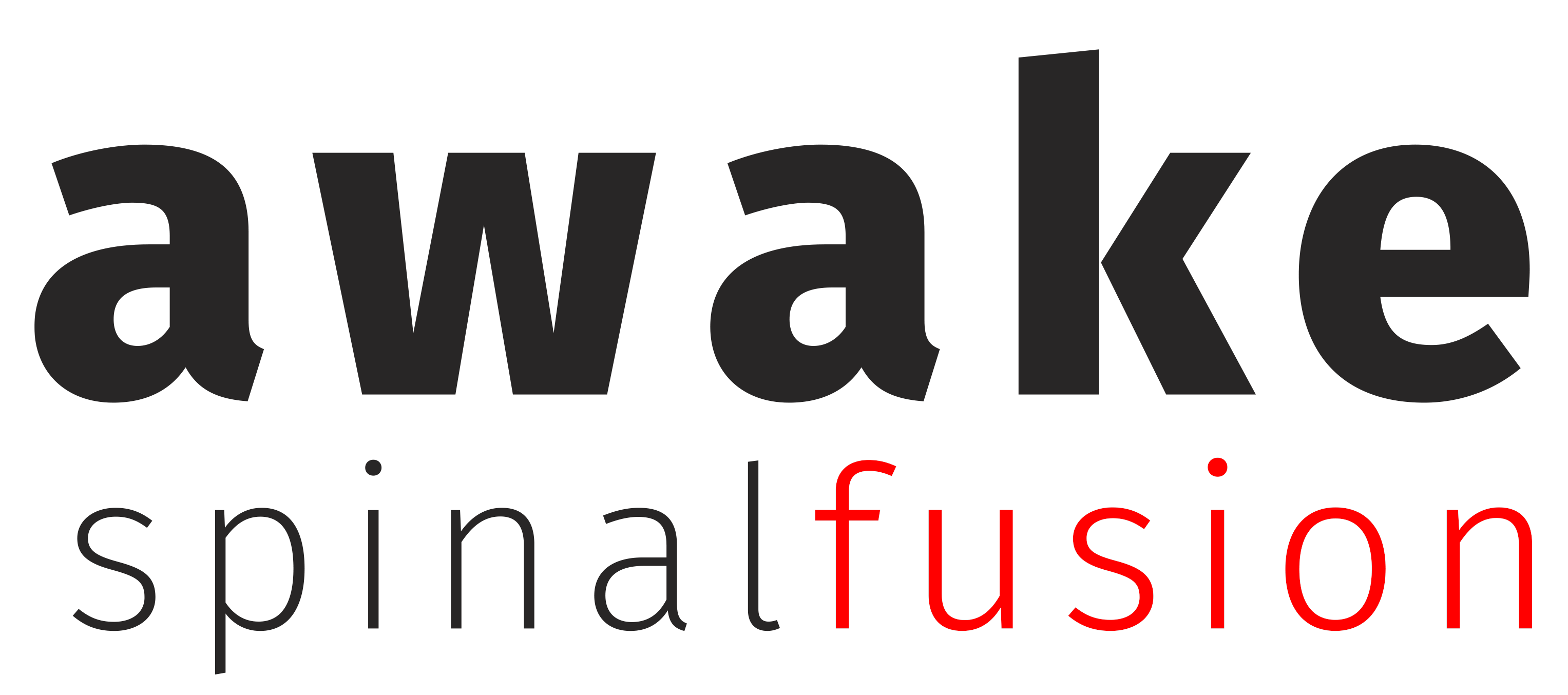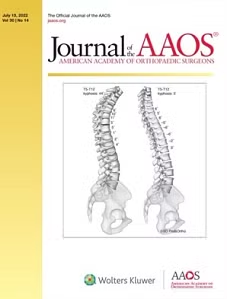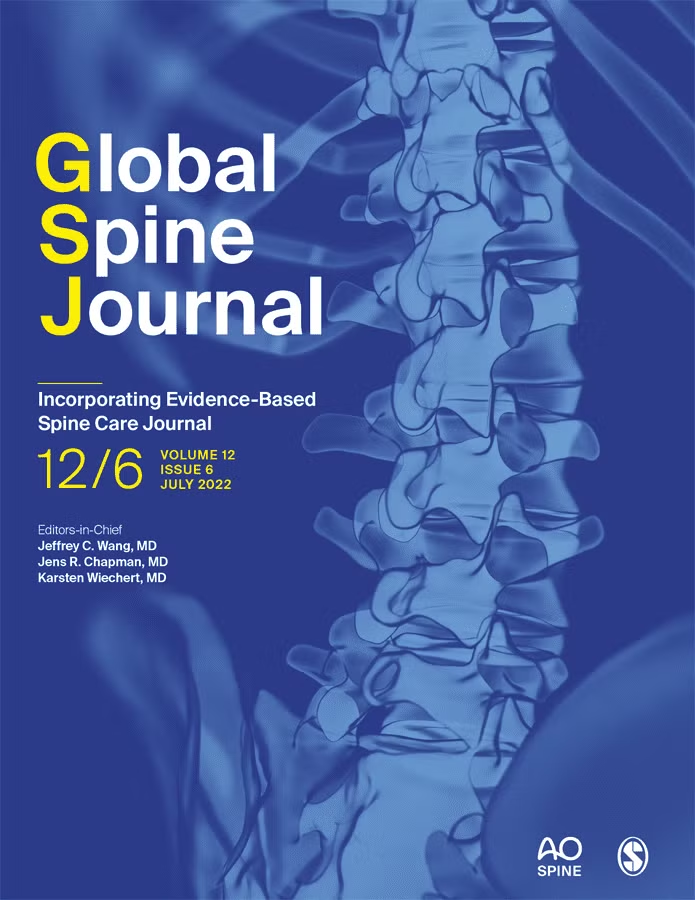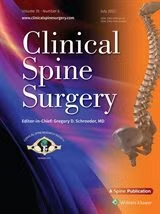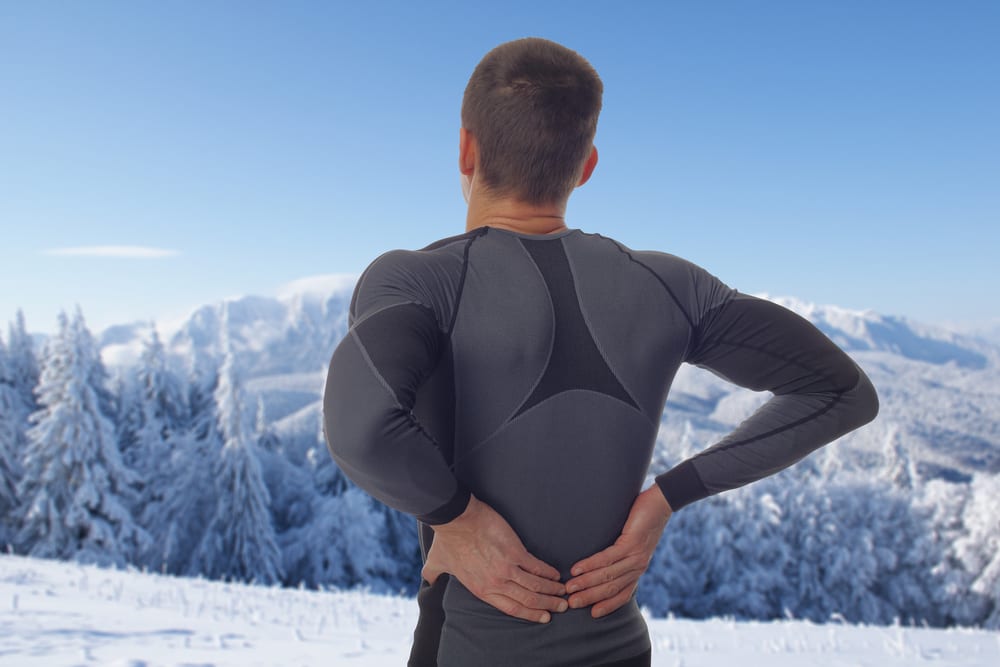
Introduction:
Skiing is a thrilling winter sport that brings joy to many enthusiasts. However, for some, the excitement on the slopes can be dampened by the onset of back pain. Whether you’re a seasoned skier or a novice hitting the slopes for the first time, understanding how skiing affects your back and implementing preventive measures can make a significant difference. In this blog post, we’ll explore the relationship between skiing and back pain, along with practical tips to ensure you enjoy your skiing experience pain-free.

Understanding the Link Between Skiing and Back Pain:
Skiing, with its dynamic movements and the need for balance, can put strain on the muscles and joints of the back. The following factors contribute to the link between skiing and back pain:
1. **Positioning and Posture:**
– The forward-leaning position while skiing can lead to increased stress on the lower back.
– Poor posture, such as leaning too far forward or backward, can exacerbate back pain.
2. **Impact and Jarring Movements:**
– Skiing involves high-impact activities, especially when tackling bumps and jumps, which can jolt the spine and lead to discomfort.
3. **Muscle Engagement:**
– Engaging core muscles is crucial for stability in skiing. Weak or improperly engaged core muscles can contribute to back strain.
Preventive Measures to Avoid Back Pain While Skiing:
1. **Strengthen Your Core:**
– Incorporate core-strengthening exercises into your fitness routine to provide better support to your spine while skiing.
2. **Proper Warm-up:**
– Warm up your muscles before hitting the slopes to improve flexibility and reduce the risk of strains.
3. **Maintain Proper Posture:**
– Pay attention to your skiing posture, keeping your back straight and distributing your weight evenly.
4. **Choose the Right Equipment:**
– Ensure that your ski equipment, including boots and bindings, is properly fitted to prevent unnecessary stress on your back.
5. **Take Breaks and Hydrate:**
– Schedule regular breaks to rest your muscles and stay hydrated to prevent muscle fatigue.
6. **Gradual Progression:**
– If you’re new to skiing or returning after a break, start with easier slopes and gradually progress to more challenging terrain.
7. **Professional Instruction:**
– Consider taking lessons from a qualified instructor to improve your skiing technique and reduce the risk of injury.
Alleviating Back Pain After Skiing:
1. **Ice and Heat Therapy:**
– Apply ice to reduce inflammation and heat to relax tight muscles.
2. **Gentle Stretching:**
– Perform gentle stretching exercises to relieve tension in the back muscles.
3. **Over-the-Counter Pain Relief:**
– Use over-the-counter pain relievers under the guidance of a healthcare professional.
Conclusion:
Skiing and back pain don’t have to go hand in hand. By understanding the factors that contribute to back pain and implementing preventive measures, you can ensure a more enjoyable and pain-free skiing experience. Remember to listen to your body, prioritize proper technique, and take steps to strengthen and support your back both on and off the slopes. Happy skiing!
